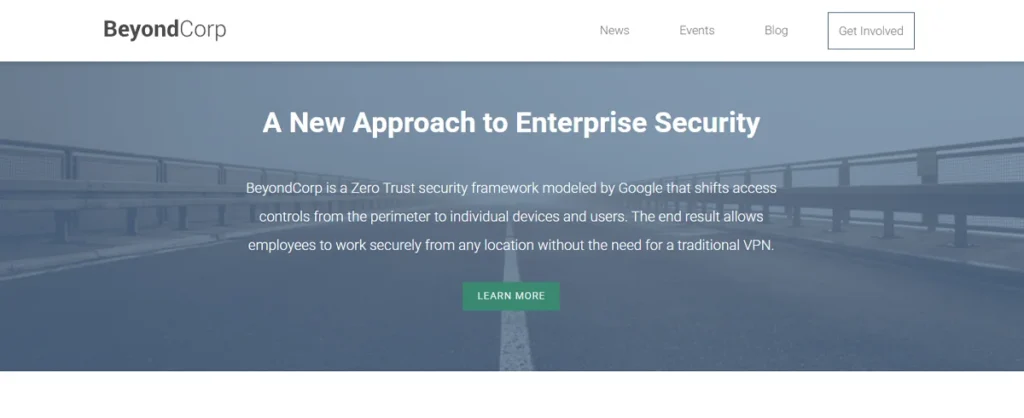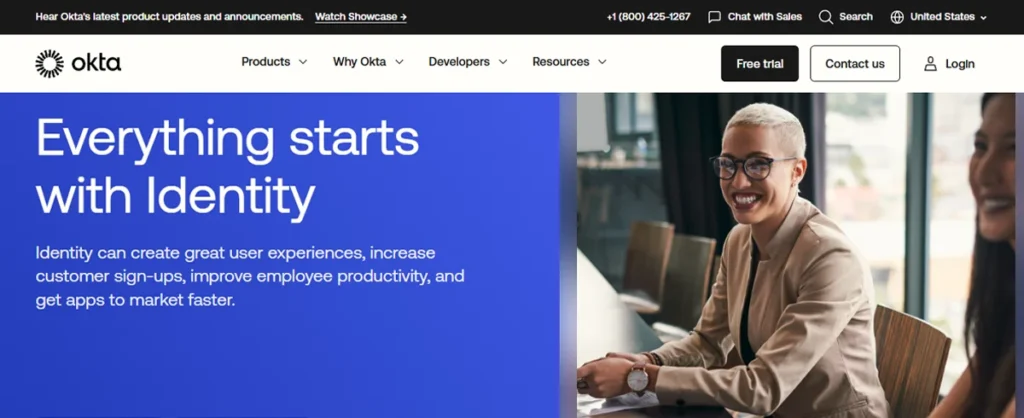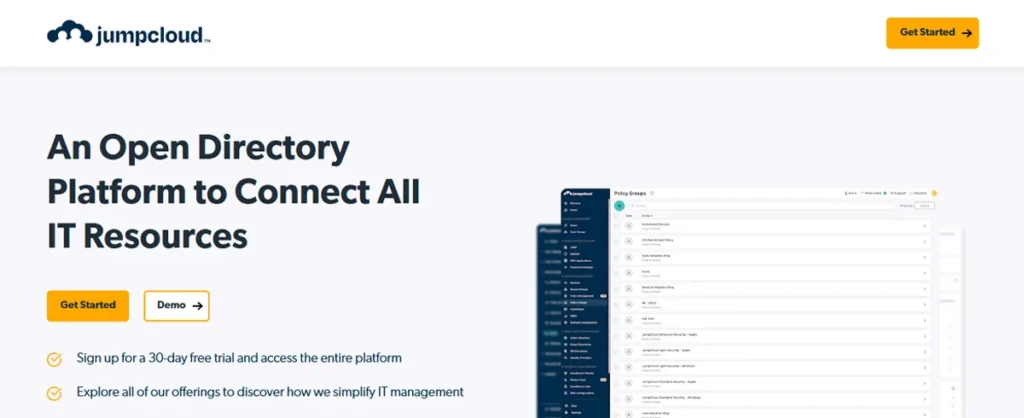Necessary Always Active
Necessary cookies are required to enable the basic features of this site, such as providing secure log-in or adjusting your consent preferences. These cookies do not store any personally identifiable data.
|
||||||
|
||||||
|
||||||
|

In past years, traditional cyber security models have relied on firewalls for the protection of data security. These firewalls are meant to be one of the types of software that protect your data security. However, traditional cyber security has come down with security breaches such as social engineering where attackers through phishing or baiting make traditional models undependable.
As organizations navigate an increasingly complex digital landscape, Zero Trust Security, over traditional cybersecurity, is becoming essential for mitigating cyber risks, preventing data breaches and ensuring business continuity. This is because the threat of cyber attacks to global organizations world wide keeps emerging with traditional cyber security in place. Thus, this article explores how Zero Security works, its core components, and why it is crucial for modern cybersecurity strategies.
Zero Trust Security is a cyber security model that adopts a ‘no trust access’ method by default for users and devices whether they are within or outside of the network. It operates on the principle of “Never trust, always verify”, ensuring that every user, device and application must be continuously authenticated and authorized before gaining access to resources.
While traditional cybersecurity models assume that any user within the network can be trusted, Zero Trust Security assumes by default that whether within or without the network, no access should be granted without verification. This way, it deters security breaches such as social engineering that come with traditional security models.
There are quite a number of ways Zero Trust Security works in ensuring optimum cyber security. The ways it works help in preventing security breaches which traditional cyber security models have proven vulnerable to. Take a look at some ways Zero Trust Security works:
Continuous Verification is a fundamental principle of Zero Trust Security. It requires that devices trying to gain access are always verified at all times. In other words, it does not trust that since a device has gained access prior, it is therefore trusted. Instead, such a device has to verify and authenticate again at each access request.
This is yet another vital principle for the working of Zero Trust Security. It ensures that Networks are divided into separate segments. This way, if there is any attack on a particular segment, the movement will be restricted. Elements or segments with sensitive information can be secured this way.
With Zero Trust Security, another important principle for its working is Least Privilege Access. This maintains that users are allowed access to only resources that are needed for the performance of their specific roles. This way, the number of users who can access sensitive data or elements are limited.
Lastly, Zero Trust Security systems work by monitoring network traffic and behaviors of users or devices within the network. This ensures that any suspicious activity is identified and intercepted. Businesses may use analytics to monitor patterns in network traffic and device behavior.
There are a variety of cyber security solutions that adopt the Zero Trust Security approach which you can use as an individual or for your business. Here are some of them:

Crowd Strike is a Zero Trust solution company that focuses on assisting businesses and individuals to identify all secured and unsecured endpoints in their network. They make use of unified threat-centric data fabric to deter cyber attacks, incorporating different tools for your protection all in one platform. These help you view any suspicious applications in your network and implement risk-based multi-factor authentication (MFA).
Some of the tools incorporated into the Crowdstrke platform include the CrowdStrike Falcon Endpoint Protection (EDR) that protects against breaches using AI. Another is CrowdStrike Falcon Cloud Security which guards cloud workloads and infrastructure through a unified agent and agentless protection. Lastly, the CrowdStrike Falcon Next-Gen SIEM engages in SOC operations through detecting and analysing security breaches.

Google Cloud uses BeyondCorp to implement Zero Trust cyber security. BeyondCorp provides for “single sign-on, access control policies, access proxy, and user-and device-based authentication and authorization”. It has at the core of its principles: access on the basis of contextual factors from the device, access requests being authenticated, authorized, and encrypted.
Beyond Corp shifts the control of access from the conventional network perimeters to individual devices. It relies on Google Chrome for its endpoint data rather than agents on end-user devices.

StrongDM uses a Continuous Zero Trust Authorization framework that deters the threats of unauthorized access. In any way it sees to it that by default, no user within or outside the network is trusted. It also ensures continuous verification thereby protecting against cyber attacks. It also has the following features: Uses the Cedar Policy Language, incorporates Unified Policy Management, supports an array of authorization models, and so on.

This company has an integrated customer and workforce identity and access management infrastructure that allows businesses to be sure that only verified users can access a digital device. It has the following features: extends single sign-on (SSO) to on-premises applications, allows security teams to manage and secure on-premises and cloud applications from a single Identity platform and so on.

Finally is the all-in-one solution for zero trust identity and access management: Jump Cloud. JumpCloud relies on a cloud-based Open Directory Platform that makes it convenient to manage all cross-OS server, device, and user identities, from a single access point. It also integrates infrastructures such as AWS Identity Center, Google Workspace, HRIS platforms, and network infrastructure resources.
The new Zero Trust Security model is beneficial for your business as it helps in deterring security risks. Zero trust architecture enables businesses and individuals to manage how assets in a network environment are communicating. It also helps to mitigate overprovisioned software and services to further deter security breaches. It does this by blocking access to all networks and services until access requests are verified in line with programmed trust indicators.
Also, because Zero trust security policies are employed on the basis of workload identity, not by IP addresses and protocols, it allows you to gain control over cloud environments. Protection is tied directly to the workloads themselves and remains the same even when changes occur in the network environment.
In conclusion, choosing the right Zero Trust Security solution for your business requires a structured approach. Start by identifying your business needs and defining your goals. Next, evaluate the available solutions based on key factors such as technical requirements, user experience, cost and vendor reputation. Once you have selected a solution, conduct a test run to ensure it meets your security expectations.
Now that you understand the benefits of Zero Trust Security, the next step is to take action. Explore the solutions discussed in this article and move towards stronger and more reliable cybersecurity for your business.
Sign up to receive our newsletter featuring the latest tech trends, in-depth articles, and exclusive insights. Stay ahead of the curve!